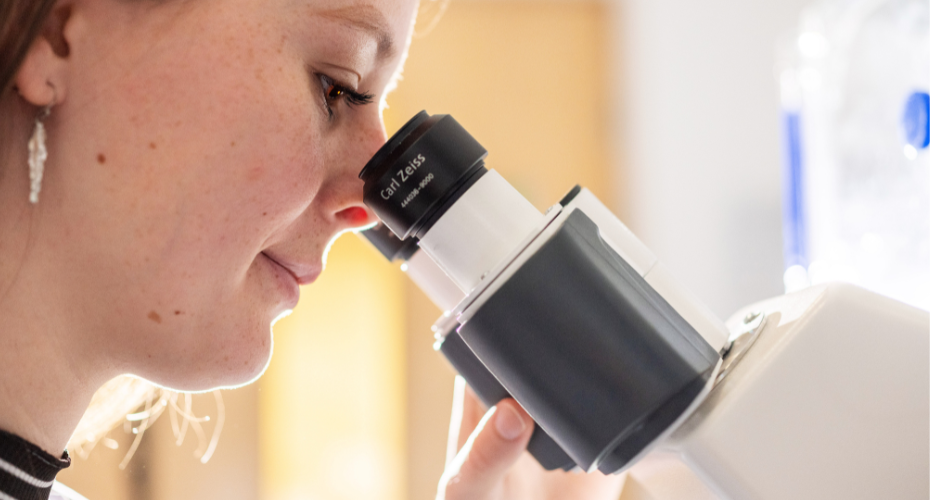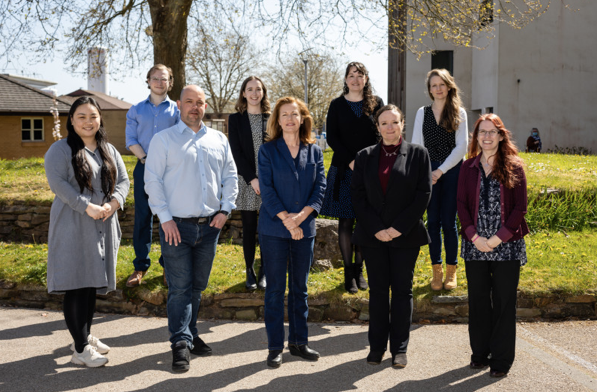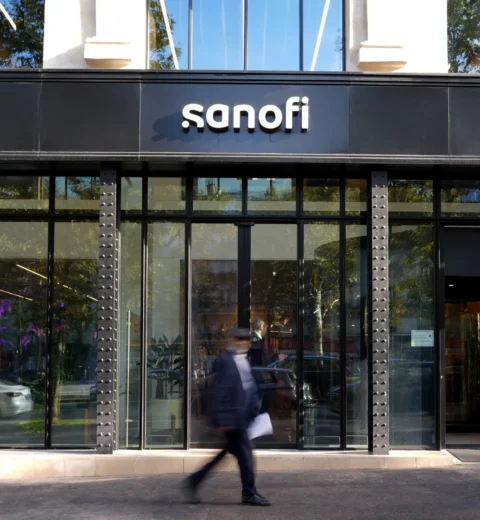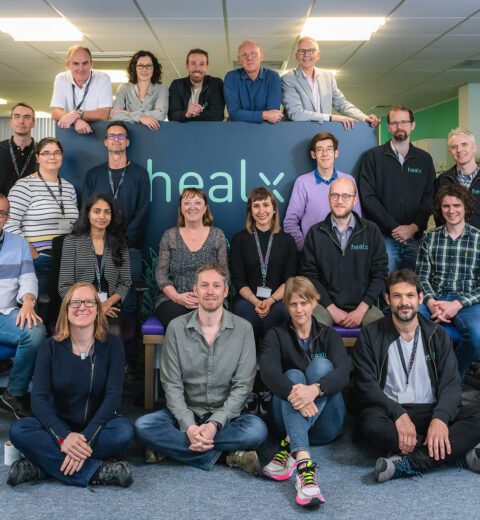
University of Exeter biotech spin-out is taking a bold step into the global longevity landscape. SENISCA, which emerged from nearly two decades of academic research at Exeter, will collaborate with L’Oréal as part of the latter’s newly launched Longevity Integrative Ecosystem to reprogram senescent cells - those ageing cells that drive inflammation and tissue dysfunction - back toward a more "youthful, healthy state".
Science Behind SENISCA’s RNA-Based Platform
Founded on a groundbreaking discovery that dysregulated RNA splicing is a core hallmark of cellular senescence, SENISCA has developed oligonucleotide therapeutics designed to restore proper splicing factor levels in aged cells. By recalibrating mRNA isoform balance, these therapies aim to reverse senescent cell phenotypes - reducing inflammation and potentially rejuvenating tissue function.
Powerhouse Leadership and Academic Roots

The company is co-led by experts deeply embedded in molecular ageing research:
- Prof. Lorna Harries (CSO & University of Exeter molecular geneticist), whose research into RNA splicing laid the scientific foundation
- Dr Sarah Cole (CEO), a seasoned biotech leader with two decades of experience in drug development and investment
Their work has earned international acclaim - SENISCA won the Knowledge Exchange Commercialisation Project of the Year in 2024 and was a finalist in Nature’s prestigious Spinoff Prize.
Collaboration with L’Oréal: Strategic and Symbiotic

The announced Research Agreement Partnership with L’Oréal marks a strategic milestone. SENISCA’s RNA-based reprogramming platform will be integrated into L’Oréal’s ecosystem, offering two-way benefits:
- For L’Oréal: potential next-generation ingredients targeting cellular ageing, enhancing skin health formulations, and reinforcing its leadership in cosmeceutical innovation
- For SENISCA: industry validation, access to L’Oréal’s scale and R&D resources, and a pathway to broadening applications into systemic ageing and disease
Prof. Harries describes the partnership as “the culmination of nearly twenty years of research,” while Dr Cole affirms it as “a strong validation” of the company’s platform for both skin and systemic health.
Implications for UK Longevity Biotech
- University spin-outs gaining global traction: SENISCA exemplifies how UK academic research can convert into transformative biotech ventures
- RNA-targeting senotherapeutics are emerging at the forefront of geroscience, targeting ageing mechanistically rather than symptomatically
- Cross-sector alliances - between beauty giants and biotechs - signal a shift towards integrative strategies in longevity, leveraging strengths from diverse industries
Outlook for the UK Bio-industry
This partnership reinforces the UK’s leadership in geroscience. As government and academic bodies emphasise healthy life expectancy - driven by ageing-focused national strategies - collaborations like SENISCA–L’Oréal demonstrate a sophisticated translation pipeline from academic labs to marketable innovation.
What’s Next?
- Research pipeline progress: Monitoring SENISCA’s preclinical validation and next-stage funding (Series A expected in 2025)
- Cosmetic translation timeline: Keeping an eye on proof-of-concept data in skin biology
- Broader longevity applications: Observing if L’Oréal extends its senotherapeutic strategy to systemic ageing - setting new benchmarks in therapeutic and preventative ageing solutions
Sources
News coming from Exeter





